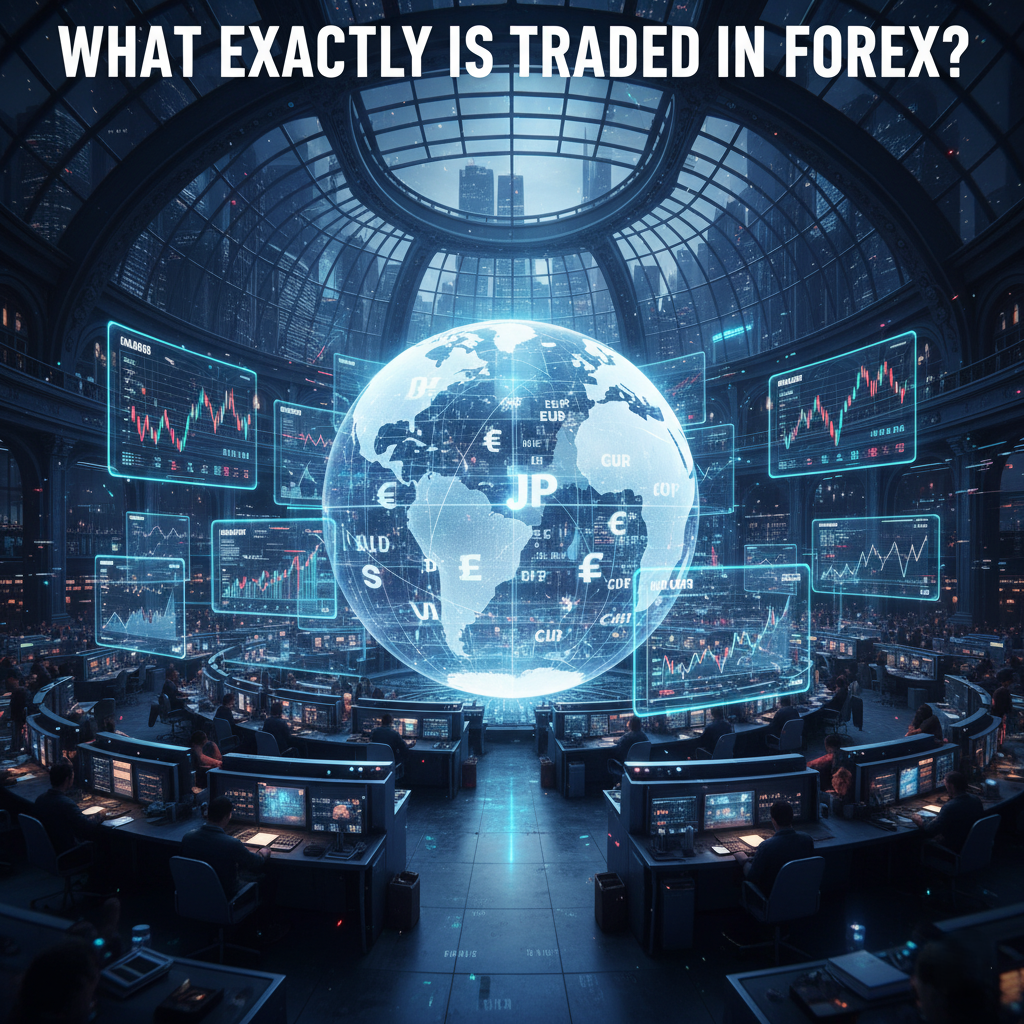1) Essence: Trading “Money” (a country’s purchasing power)
- You’re not buying a product—you’re exchanging the relative value of two currencies.
- Think of “buying a currency” as taking a tiny stake in that country: the exchange rate reflects the market’s view of its current and future economy.
2) Why do exchange rates move?
- A currency quote is a relative comparison between two economies.
- When you buy JPY, you’re effectively betting on Japan’s outlook/interest-rate edge/lower risk, hoping to sell later at a better price.
3) The trading vehicle: Currency pairs
- FX quotes come in pairs, e.g., EUR/USD = 1.1000, meaning 1 euro = 1.10 U.S. dollars.
- Buy EUR/USD → long euro, short dollar; Sell EUR/USD → short euro, long dollar. P&L comes from price movements.
4) Major currencies & ISO codes
- ISO codes have three letters: often the first two for the country/region and the third for the currency (e.g., NZD: NZ = New Zealand, D = Dollar; usually but not always).
- Common “majors”: USD, EUR, JPY, GBP, AUD, CAD, CHF, NZD.
5) Fun fact: USD nicknames
- Beyond buck, you’ll hear greenbacks, benjamins, cheddar, bread, moolah, dead presidents, and more.
- In Peru, USD is nicknamed “Coco” (linked to Jorge/George, i.e., George Washington on the $1 bill).
6) Wrap-up
- Forex is a contest of national purchasing power, expressed via currency pairs. Moves in fundamentals and expectations create both opportunities and risks.
